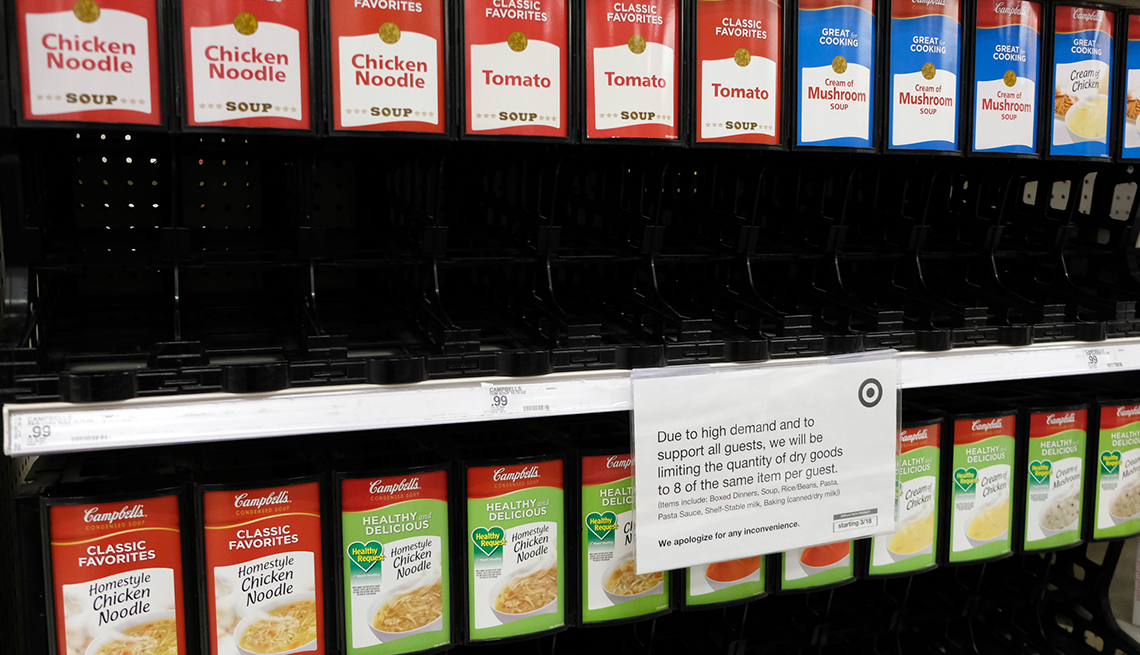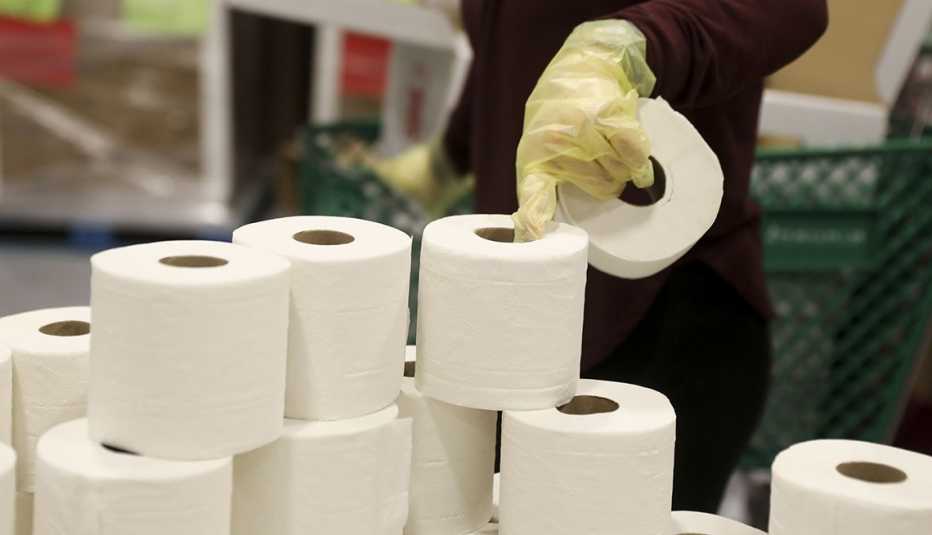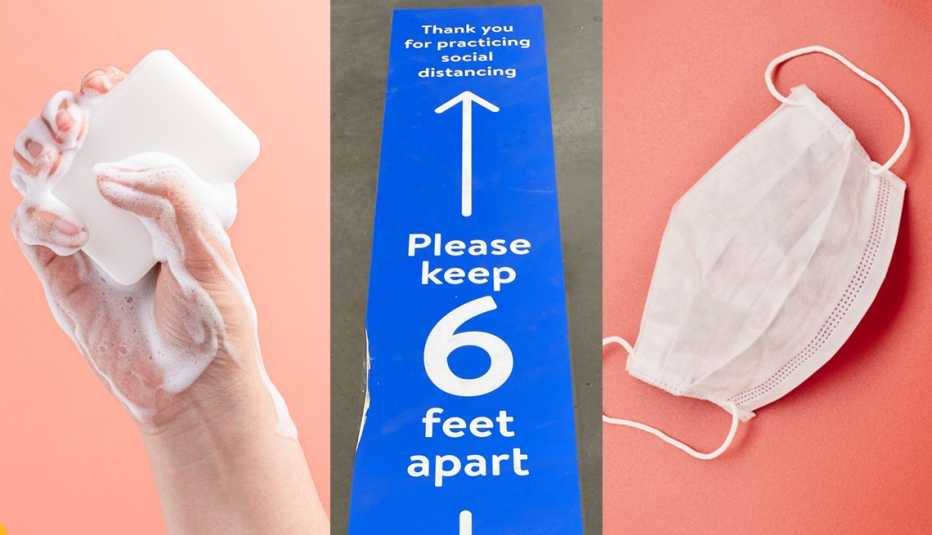Staying Fit
Flour is back. Mostly.
Bare supermarket shelves bereft of the precious white stuff were a signature image of the early days of COVID-19, as a largely locked-down nation got busy baking. Producers got busy, too, cranking up mills to fill the flour gap.


AARP Membership— $12 for your first year when you sign up for Automatic Renewal
Get instant access to members-only products and hundreds of discounts, a free second membership, and a subscription to AARP the Magazine.
"Our inventory has recovered on 5-pound [bags of] all-purpose across the board,” says Rachel Lewis, brand director at King Arthur Baking Company, one of the country's biggest flour producers. Specialty flours like whole wheat, organic and gluten-free may still be hard to find, she says. Still, more than three-quarters of stores reported no flour outages at all in August, according to NCSolutions (NCS), a data company that analyzes buyer behavior.
"A lot of the supply chains have evened out,” Joan Driggs, a retail expert at market-research firm IRI, says of products that made news a few months ago for their sudden absence. “They've kind of found their balance.”
A lot, but not all. Although the gaps may not be as glaringly obvious, several pantry and utility-closet staples continue to be harder to find than they were pre-pandemic, prone to thin supplies, less variety and periodic out-of-stock situations.
Some of the biggest food and beverage companies have cut back on product variety to focus on their most popular offerings, says Driggs, who has closely tracked shopping trends during the pandemic. Suppliers are still struggling to catch up from the spring's panic buying while dealing with production curveballs like a global shortage of cans.
In normal times, grocery stores and e-commerce sites are out of 5 percent to 7 percent of the items they sell, according to IRI. For the week ending Sept. 6, the figure for food and drink overall was 12 percent, and for some products out-of-stocks reached the mid- to high teens. Here are some of the items you're most likely to find in short supply on your shopping run.
Where Has All the Lysol Gone?
Several disinfectant sprays and wipes made by the Clorox Co. and Reckitt Benckiser, the manufacturer of Lysol, have been proved to kill the coronavirus, but they remain difficult to find online and on store shelves. Here’s why the disinfectant shortages continue and when they might end.
Paper towels
Paper towels have joined toilet paper and household cleaners as poster products for pandemic shortages. In the first three weeks of August, retailers were more likely to be out of TP for at least some part of the day, “but when paper towels are out of stock, they're really out of stock,” with shortages lasting for longer periods, NCS says.
The data firm cites a recent Wall Street Journal report that linked persistent shortages to paper-towel makers adopting a “lean manufacturing” model that emphasizes efficiency — produce what you can ship and sell quickly, with little excess capacity — and left them unprepared for a tidal wave of demand that has not ebbed.
"People are still very much in stockpiling mode,” Driggs observes. In a recent IRI consumer survey, 20 percent of respondents said they wanted at least a three-month supply of paper towels. (The figure for TP was 27 percent.) “People are afraid of running out because they saw what happened in March,” she says. “There are so many uses for paper towels, they're going through it almost as fast as they are toilet paper, and they want to have it on hand.”



































































